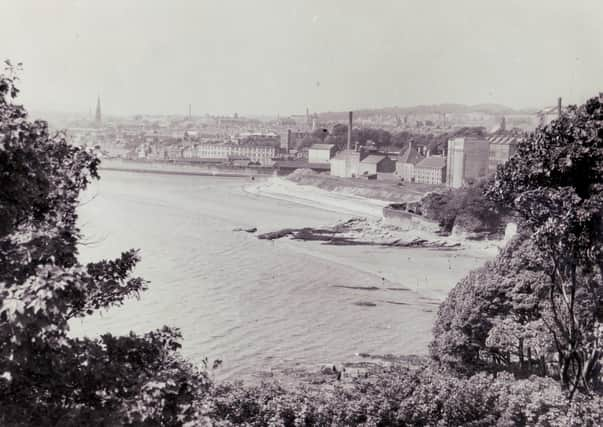Nostalgia: Kirkcaldy in the 1930s


Most notably, 1930 was the year in which Dysart lost its separate status and became a part of Kirkcaldy.
The amalgamation brought the Lang Toun’s population up to 43,8741, with the townsfolk contained in just over 11,000 houses, with an average of 3.89 people per home.
Advertisement
Hide AdAdvertisement
Hide AdOver the next two years more than 700 houses were built in Kirkcaldy, with almost as many in the process of being built at the end of the period. In fact by 1939 the Town Council had completed 2984 council houses since the first in 1919.
When Dysart had been incorporated in 1930 the town also acquired Hayfield and Pathhead Muir for building and, in 1938, land at Boreland, Dunnikier Estate, Templehall, Mitchelston, Muirton and Tyrie was added.
Existing houses were also improved, with a partial redevelopment of Linktown.
As well as the birth rate, babies’ and children’s survival and health were also on the agenda. Forth Park was opened as a maternity hospital in 1935 and, in the same year, the town opened a child welfare clinic at Sinclairtown.
Advertisement
Hide AdAdvertisement
Hide AdAnd in those pre-NHS days the health of poorer people was addressed with the opening in 1936 of the John Hunter Hospital.
Other buildings at the time included the town’s abattoir at the bottom of what is now Oriel Road, in 1932 the art deco fire station, built between 1935 and ‘38, and the ice rink at Gallatown, which also opened in 1938.
On the theme of leisure activities, the town boasted eight cinemas at this time, in 1931 the YWCA Girls’ Club was opened on The Esplanade and in August 1938 Marks & Spencer opened its Kirkcaldy store, on the site of the old Town House.
On the debit side, the early ’30s also saw the end of the town’s potter industry which had begun in the 18th century, making bricks and tiles, soon branching out into domestic ware.
Advertisement
Hide AdAdvertisement
Hide AdLatterly the town had four potteries, but changing lifestyles and technologies meant a shrinking market which, eventually, was unable to support any of them.
Politically, the ’30s saw the last Conservative to sit as an MP for Kirkcaldy. The decade had started with Labour MP Tom Kennedy representing the town but, in 1931, the Conservative Albert Russell was elected – despite living in Edinburgh – but it was a brief victory with Kennedy retaking the seat in 1935.
But of course, the end of the 1930s was when “the lights went out all over Europe”.
War was declared with Germany, soon to escalate around the world and, though Kirkcaldy itself saw no fighting nor suffered any bombing, life in the town changed all the same.
Advertisement
Hide AdAdvertisement
Hide AdBy 1939, 1435 people had enrolled in Air Raid General Precautions and 226 in the auxiliary fire service.
As early as 1937 the winds of war had been making themselves felt and the Nairn linoleum factory was asked to produce gas-proof material to make capes for the Army and Sir Michael Nairn would loan the company’s head offices at the top of The Path as a temporary hospital as the war raged on into the 1940s.